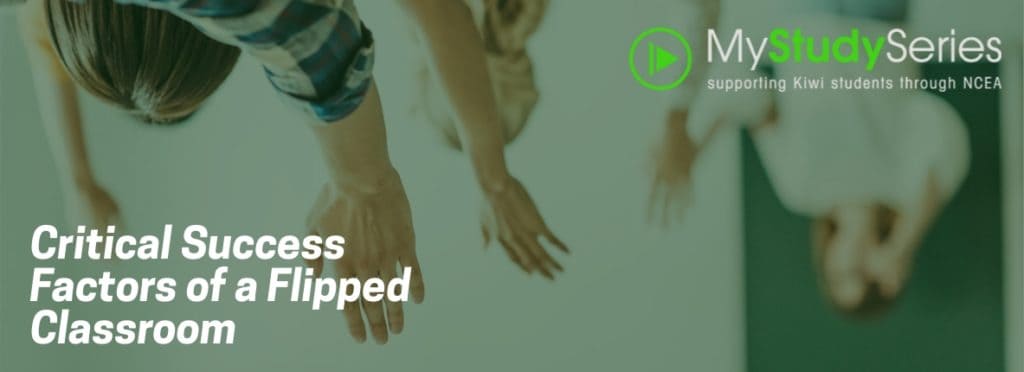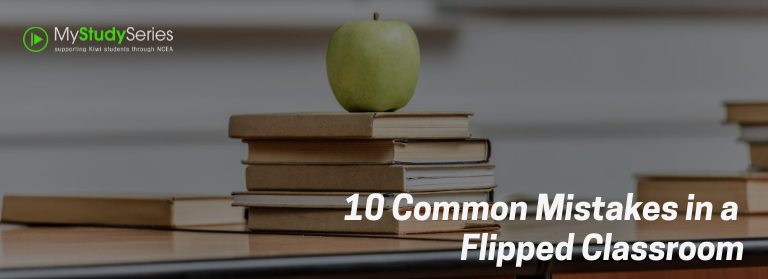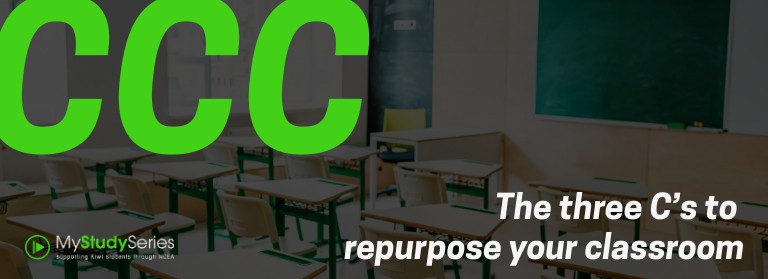Four pillars of the Flipped Classroom

When considering why we should flip our classrooms, it’s hard to go past the “four pillars of flipped learning” as a way to look at some of the key benefits this pedagogical approach provides. Flexible environment, Learning culture, Intentional content and Professional teacher are the four pillars and we elaborate a little more on them below.
Flexible environment
Flipped Learning allows for a variety of learning modes – teachers often physically rearrange their learning spaces to accommodate a lesson or unit, to support either group work or independent study. They create flexible and hybrid learning spaces in which students choose when and where they learn. In addition, flipped educators usually have a much more flexible view of student learning that they can accommodate with the pace they set. They are also interested in assessing students’ knowledge when the student is ready, not at a set date.

Learning culture
In the traditional teacher-centered model, the teacher is the primary source of information. By contrast, the Flipped Learning model shifts instruction to a learner-centered approach, where in-class time is dedicated to exploring topics in greater depth and creating rich and meaningful learning experiences. As a result, students are actively involved in the construction of knowledge as they participate in the learning process with greater agency, and enjoy more authentic teacher-student and student-student support.
Intentional content
During Flipped Learning, teachers are constantly thinking about how they can use the Flipped Learning model to help students develop greater understanding of key concepts, and then how and when to best use this knowledge. They determine what they need to teach and what materials students should explore on their own. Intentional Content is a process to maximize classroom time in order to adopt effective pedagogy alongside student-centered, active learning strategies, depending on grade level and subject matter.
Professional teacher
Teaching has an even bigger role to play in Flipped Classrooms and often involves significantly more work or responsibilities. Teachers continually observe their students, provide relevant and timely feedback, and assess their work. Teachers need to be reflective in their practice, connect with each other to develop the quality of their practice, accept feedback, and tolerate controlled chaos in their classrooms. While the teacher take on less visibly prominent roles in a flipped classroom, they remain the key ingredient that enables Flipped Learning to occur successfully.
My Study Series is a simple way for teachers to leverage high quality video, automated quizzing and student data when approaching a flipped classroom. Teachers can trial My Study Series by clicking here..







Responses